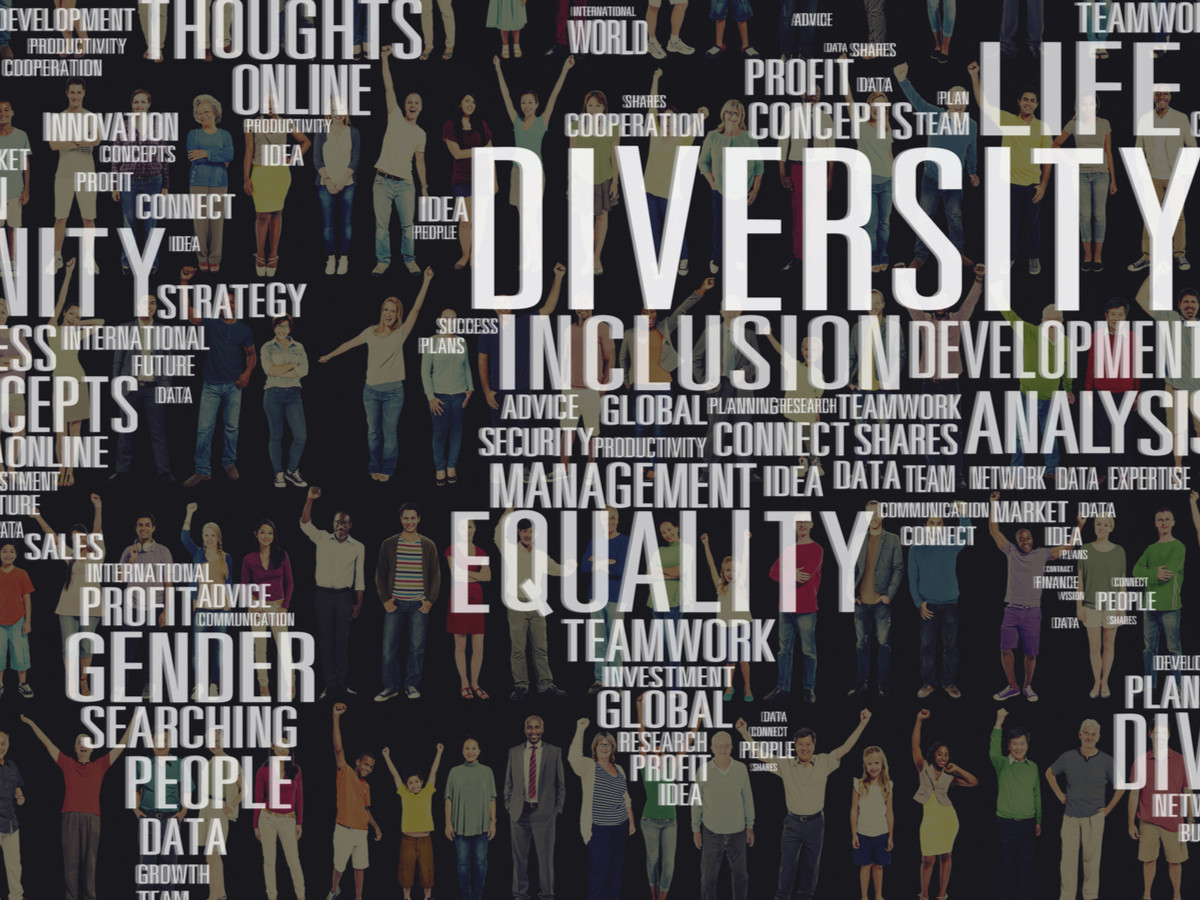Interested in #inclusion? Of course you are! So here is an interesting experiment.
Consider the images you include in any materials your organization produces: social media posts, collateral, flyers, pamphlets, posters, billboards, white papers, eBooks, newsletters, annual reports, presentations, slides for speakers, brochures, one-pagers. This also includes any articles people from your organization write, are interviewed for, or contribute to when they submit images.

As a woman entrepreneur in tech, I keenly notice the photos included with articles. Most articles I read from women include images of women and diverse people; often, articles written by men do not.
This likely stems from the fact that any search on stock photos sites for “entrepreneur,” “tech,” or especially “AI” or “blockchain,” by default provides many images of homogenous (typically white, male) photos before images that are inclusive. So unless experience in diversity is your lens, those photos look “normal,” and are what you add to your story… usually without much thought either way. (This includes things like hands holding things, images without faces, silhouettes, drawings, and who is in positions of power or authority.)

It’s hard for people new to marketing to know to intentionally look for diverse images. Luckily, with direction to always do a quick search specifically for “diverse XYZ” or “women XYZ,” XYZ being technology, boards of directors, entrepreneurs, leaders, or any other topic, the wealth of inclusive images expands.
Granted, at this moment, there are not a ton of diverse and inclusive photos in emerging tech, for example, that show women and minorities in positions of authority. But there are some. And the more often they accompany articles, the more girls and minorities – and our daughters and sons – feel included, and interested in coming up as our new STEM leaders and heroes. And it also energizes all our colleagues in STEM right now.

It’s an ongoing challenge to be as inclusive and diverse and we would like. Imagery is just one step, but it’s still an important step.
What do you think? Do you notice whether imagery is diverse and inclusive – or not – as well? Please share your thoughts.


